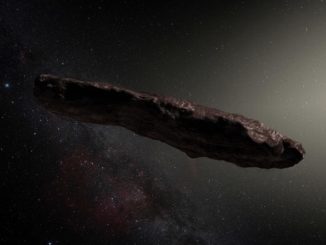
asteroid


See bright near-Earth asteroid 2017 VR12 pass close to star Spica, 7–8 March
Possibly as large as The Shard in London, Apollo asteroid 2017 VR12 passes just 3¾ lunar distances from Earth at 7:53am GMT on 7 March. For a few nights, this magnitude +12 space rock is a viable target for small backyard telescopes as it gallops through Coma Berenices and Virgo, passing just 0.8 degrees from Spica on the UK night of 7–8 March.
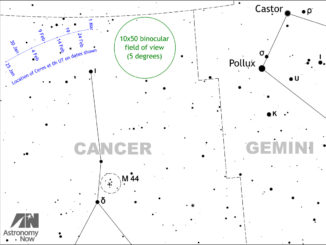
See dwarf planet Ceres at opposition on 31 January
While antipodean observers are enjoying views of the totally eclipsed Blue Moon in Cancer the Crab on the night of 31 January/1 February, Northern Hemisphere observers should look out for magnitude +6.9 1 Ceres at opposition in the northern fringes of the same constellation. The dwarf planet puts on a good show in the dark of the Moon during February.
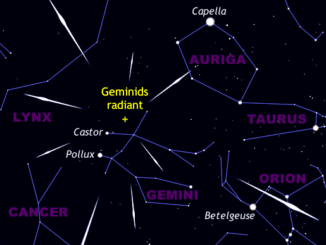
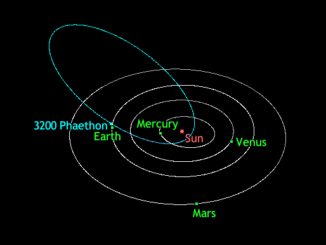
See asteroid Phaethon, source of the Geminids, in a close brush with Earth
As shooting-star devotees prepare for the naked-eye spectacle of the Geminid meteor shower in mid-December, owners of small telescopes can also witness the close passage of the meteors’ parent body — a curious “rock comet” known as 3200 Phaethon, galloping through the constellations of Auriga, Perseus, Andromeda, Pisces and Pegasus at a rate of up to 15 degrees/day.

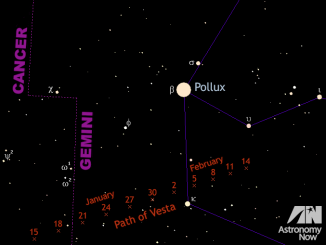
See brightest asteroid Vesta at its best
On Wednesday 18 January, brightest asteroid 4 Vesta comes to opposition in the constellation of Cancer bordering on Gemini, ideally placed for observation by Northern Hemisphere skywatchers. While the truly eagle-eyed among you might glimpse it with the unaided eye on dark, moonless nights, Vesta is an easy binocular object.
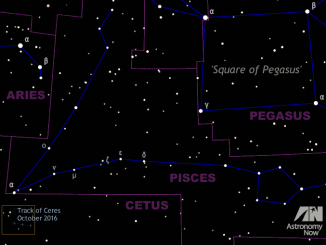
How to find Ceres, the nearest and brightest dwarf planet at its best
Ceres, the largest minor planet inside the orbit of Neptune, passed closest to Earth on the evening of 22 October — the night of the last quarter Moon. With the lunar crescent now confined to the morning sky, grab your binoculars or telescope, print out some star charts from our online guide and track down the brightest of the dwarf planets while at its best.
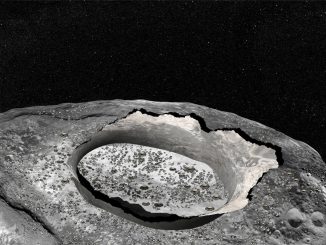
Unexpected discoveries on a metal world
Astronomers have discovered possible evidence for water on the surface of 16 Psyche, the largest metallic asteroid in the solar system. Measuring 186 miles across and consisting of almost pure nickel-iron metal, Psyche is thought to be the remnant core of a planetary embryo that was mostly destroyed by impacts billions of years ago.

